MATSUKO: TEA TASTING BY ALEX AHEARN
Name of the Product: MATSUKO (shop here)
Type of tea: Organic Matcha
Producer: Koga Kumiko of Kogachagyo — 4th generation of tea masters
Location: Yame City, Fukuoka Prefecture, northern Kyushu, Japan
Harvest: May 2022
Read About The Kogachagyo Family Business Below.
Kogachagyo, established in 1938, is a family business operated by Koga Kumiko and her mother and father. Koga-san represents the fourth generation of tea masters from Yame City, Fukuoka prefecture. The family business produces competition and national prize-winning gyokuro, vibrant and aromatic sencha, and organic, ceremonial-grade matcha that all best represent the unique depth and complexity of Yame teas.

Taste This Tea Like Koga-San!
Koga-san’s recommended steeping parameters.
Water: 70ml (1.76 fl oz)
Temperature: 80°C (176°F)
Matcha: 2g (~½ teaspoon)
Chawan (tea bowl)
Whisk
Upon opening the sealed bag, the air was filled with a hint of matcha powder. The vibrant green powder was caught in the sunlight and a pronounced vegetal aroma entered my nose. It lingered in my sinuses as I lifted the bag to my nose to take another smell. It was more complex than I originally thought, with hints of moss, fern, and freshly cut grass. There was an underlying sweetness and creaminess that was noticeable even just by smelling it.
I prepared my table and setup all of the things that I needed to make matcha; a chawan (tea bowl), a chashaku (tea spoon), a chasen (tea whisk), a tea towel, a furui (fine mesh sifter), and a chasen kusenaochi (tea whisk holder). I heated the water in my kettle to 80°C (176°F) and poured some into the chawan until it was half full.
I rotated the bowl cupped in my hands to make sure that the entirety of the bowl was warmed up. I placed the chasen gently into the bowl, and watched as it started to soften and become more pliable in the warm water. I removed the chasen and poured out the water. With a few slow motions, I used the tea towel to dry the bowl. I placed the bowl on the table and placed the sifter on top of it so that I could sift the matcha directly into it.

MATSUKO Organic Matcha - Its vibrant colour will also please your eyes
I used the chashaku to scoop 2 grams of matcha from the bag and gently placed it into the sifter. I used the flat side of the chashaku to guide the powder through the sifter and watched as the fine green powder settled into the warmed chawan. I lightly tapped the sifter once against the top of the bowl to get every last particle of matcha.
I lifted the bowl to my nose and smelled the matcha one more time before I added the water. The same vegetal aroma was still present, and there was a hint of a slightly nutty and rich aroma, like fresh pine nuts. I poured about a quarter of the water in and lightly whisked the matcha until a deep green paste-like mixture was made. I lifted the bowl and admired the rich hue of the matcha.
I added the remaining three-quarters of the 70ml (1.76 fl oz) of water and whisked it once again. I moved my wrist in "W" and "Z" motions, making sure to whisk everything completely. As a form started to form, I slowed down my whisking. I gently moved the chasen along the bottom and sides of the bowl to ensure that everything was incorporated.
As larger bubbles formed on the surface, I lifted the chasen just below the surface of the matcha until about a half inch, or a little bit over 1 centimeter, was still emerged in the liquid. I whisked slowly to break the larger bubbles into small, fine bubbles. The foam became more consistent and almost smooth in appearance.

I slowly lifted the chasen out of the bowl and placed it to the side, with the tines facing upward. I cupped the bowl in my hands and lifted it up to my nose, and took a deep breath. A similar sweet vegetal aroma filled my nose, and I took a sip and let the matcha pass my lips and coat the inside of my mouth. My mouth was enveloped by the matcha’s creamy body and smooth mouthfeel, with subtle notes of fresh spring vegetables and a hint of toasted hazelnut. It had a delicate delivery with a vibrant body and a lingering sweetness that stayed in my mouth and throat long after I took my first sip.
The matcha’s initial brightness lingered on the tip of my tongue and coated the front of my mouth, and soon faded into a sweet finish, coating the sides and back of my mouth with only a subtle hint of astringency. I continued to slowly sip the matcha until the bowl was empty. I smelled the empty bowl and took in the matcha’s aroma one last time. MATSUKO’s creamy body and vibrant vegetal and subtly floral characteristics are highlighted following Koga-san’s steeping parameters. This matcha is made with the Yabukita and Yutaka-Midori cultivars.

Make This Tea For Any Occasion!
Iced Preparation:
This matcha can be enjoyed iced as well. It can easily be made in a 250–300ml (~8.4–10 fl. oz) bottle or jar. This preparation method captures the matcha’s vibrancy and lingering sweetness.
Sift 2-3g (~1 teaspoon) of matcha and put it in a bottle or jar. Add a few ice cubes, enough to just cover the matcha, and fill the bottle or jar with cold filtered water, leaving a little bit of space at the top. Close bottle or jar and shake it until frothy and enjoy immediately.
Food Pairing Recommendations:
You may enjoy this tea by itself or pair it with a wagashi, a piece of chocolate, or a dark chocolate truffle. This matcha may also be paired with light seafood dishes or with a semi-soft cheese like smoked gouda or havarti, or sifted onto a salad with spring greens and fresh fruit, like strawberries.


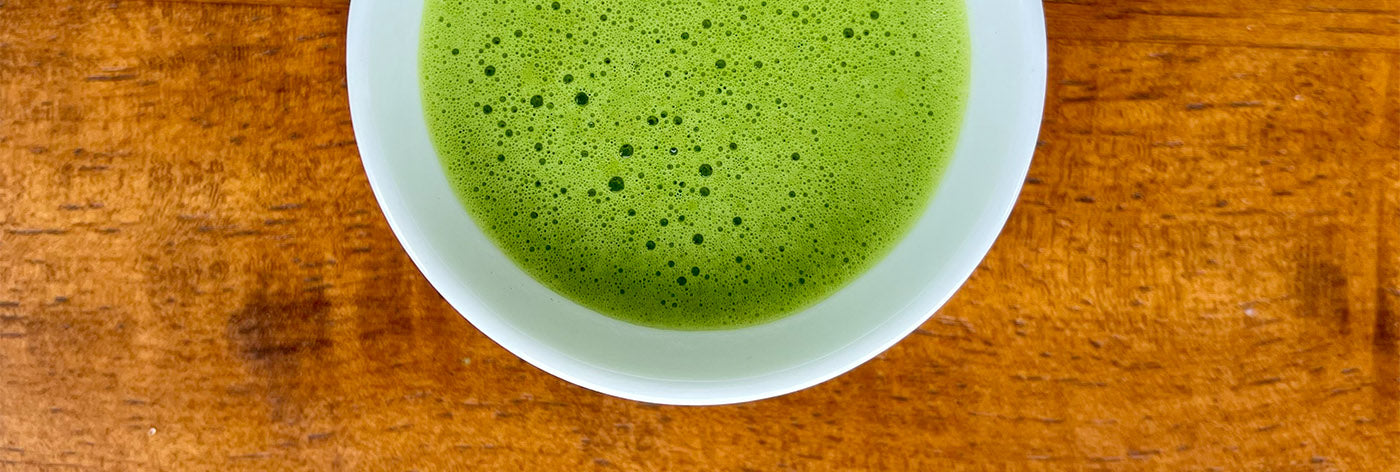

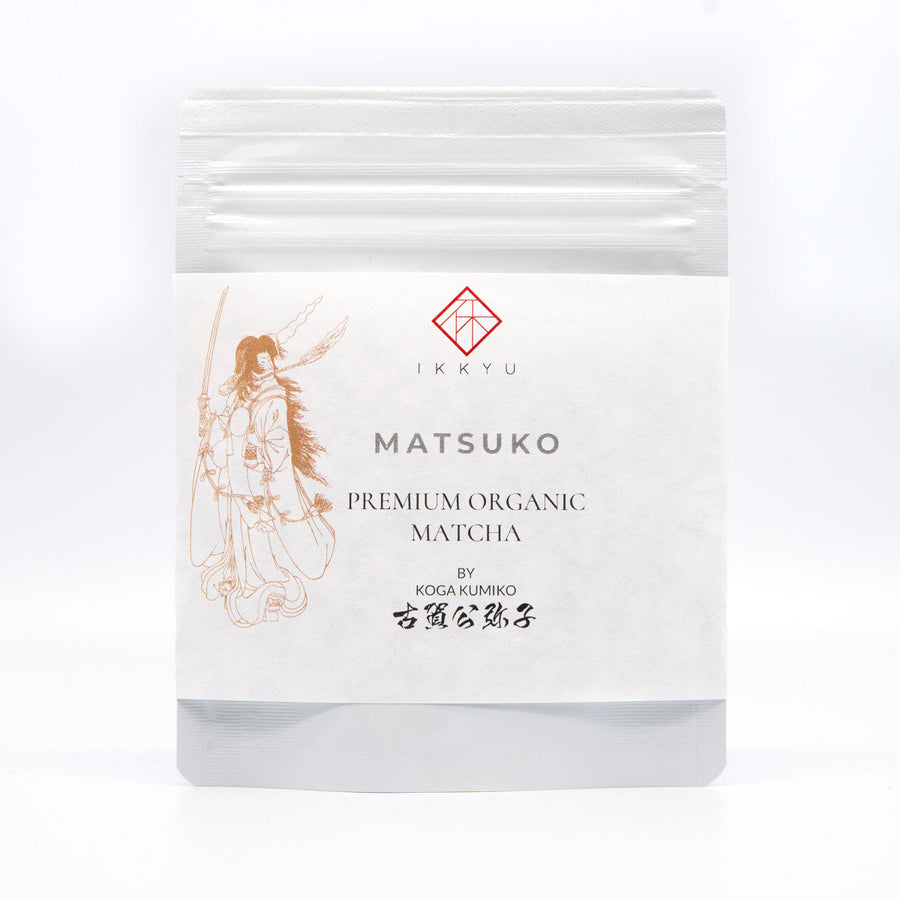
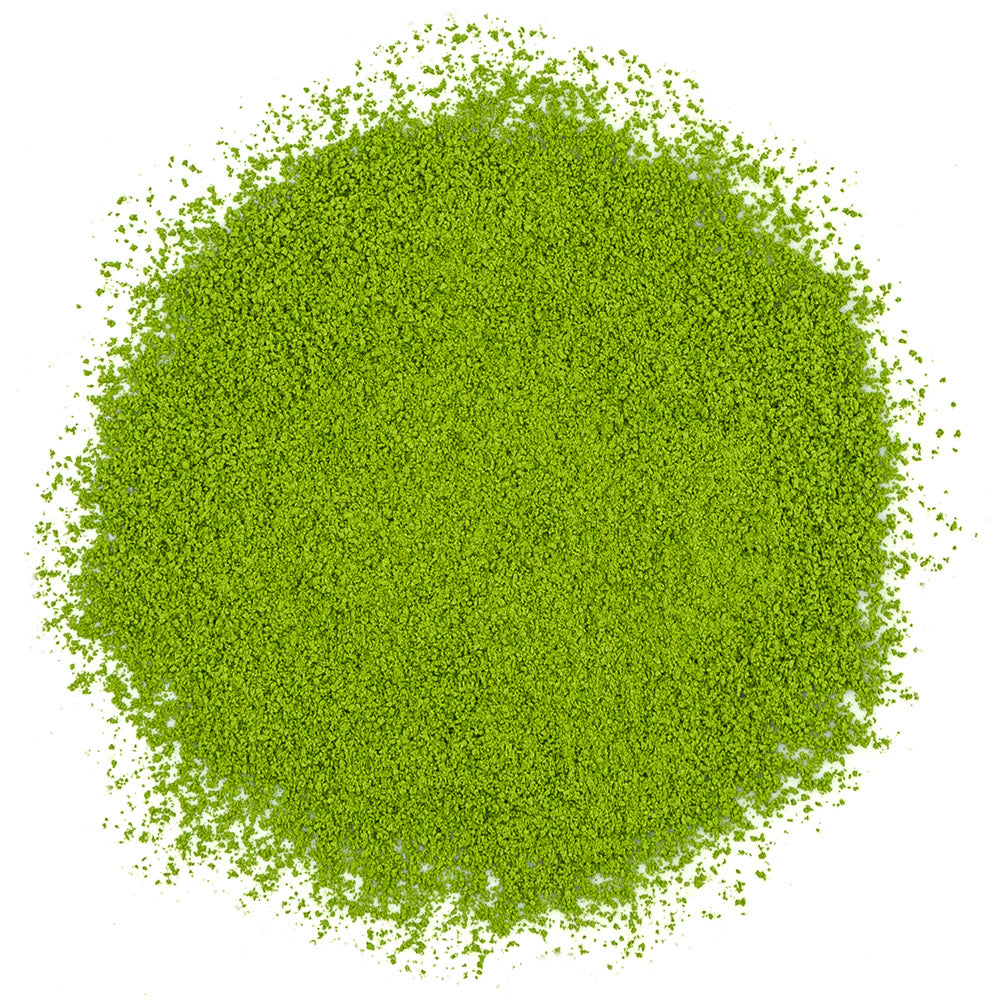
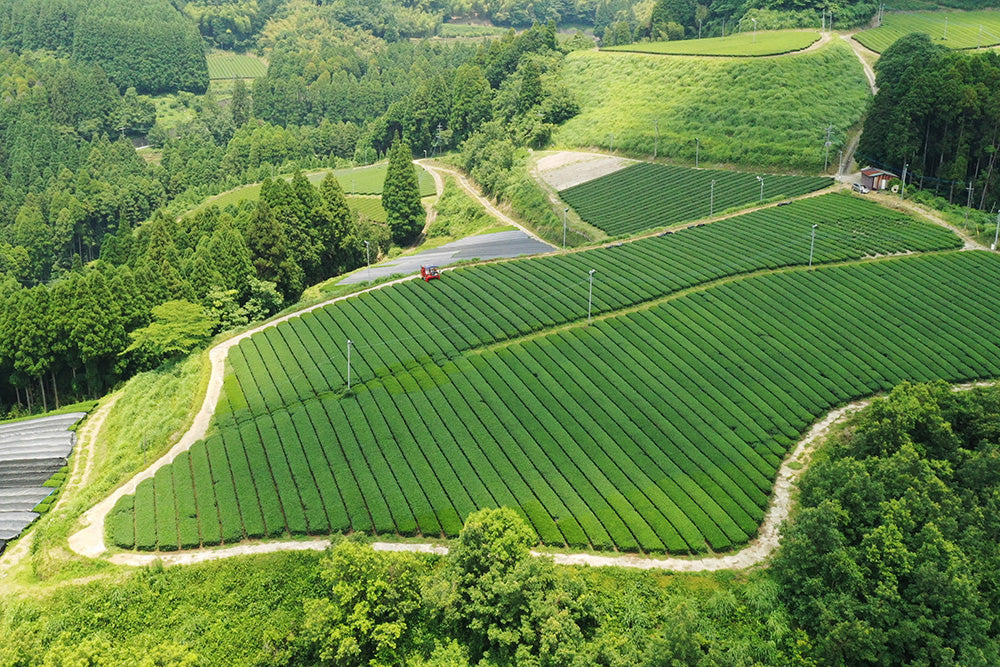
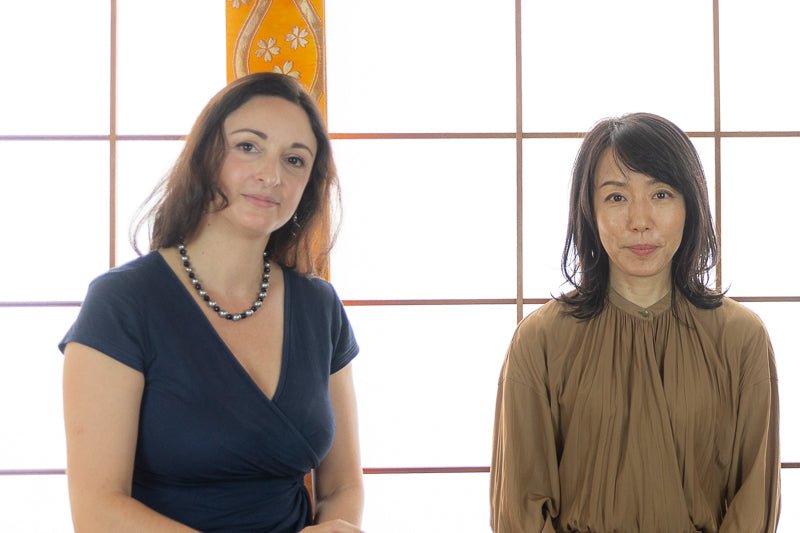
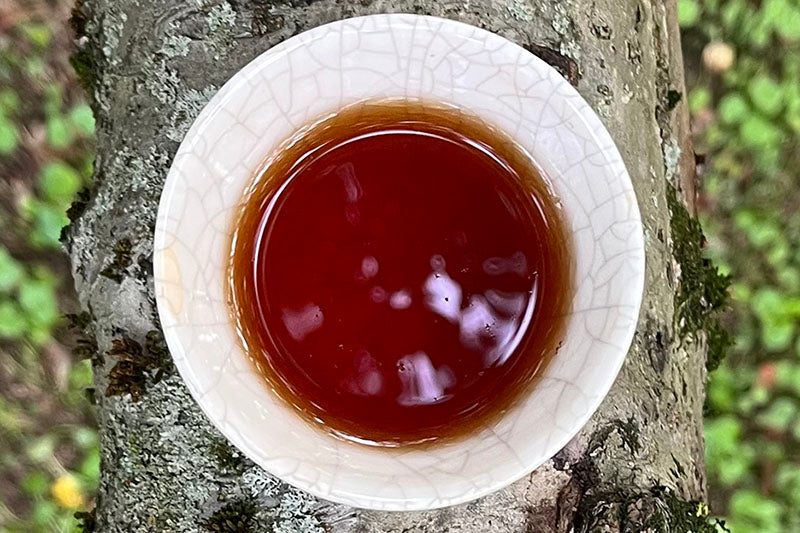
Leave a comment